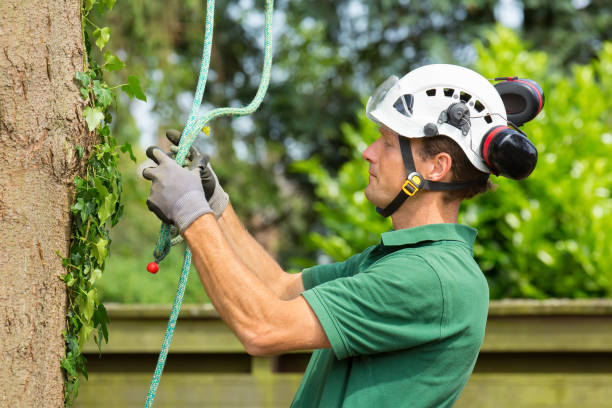Written by Admin and published on https://www.bioadvanced.com/.
You’ve done your homework by assessing both your property aspect and your climate before selecting trees that suit your growing habitat. And you’ve taken care to plant your selections according to the directions for the species and work hard to water, prune, and fertilize them, as needed. But even with the best of care, trees can still become sick. Know what to look for when assessing whether or not your tree is healthy. These crucial indicators will guide you toward proper maintenance for years to come.
A healthy tree will produce new growth every year on both its trunk and its branches. Inspect the progress yearly by checking the distance between the current season’s buds and last year’s (evidenced by scars on the branch). The appropriate growth varies by species, so check with your local garden center and understand the specs for your variety to know what to expect.
How To Inspect Your Trees: Are They Safe?
Mature trees increase property value by as much as 10%, according to the U.S. Forest Service. But a tree can shift from asset to liability when branches, trunks or roots suffer injury and threaten to cause property or personal damage.
By inspecting trees and addressing potential problems, you can protect your home, save lives, and safeguard the investment that healthy trees add to your property. Not sure where to begin? Use our checklist to identify possible hazards in tree growth and development.

